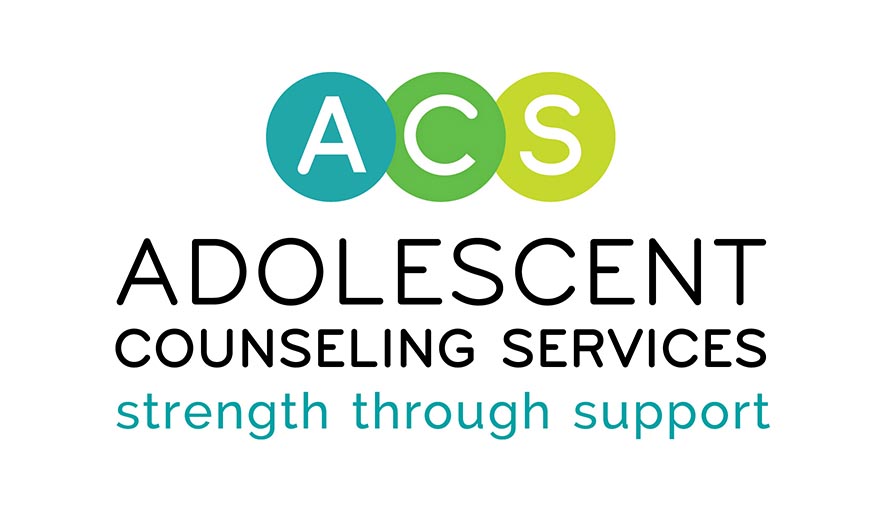
How Mindfulness Meditation Can Help Relieve Stress
By: Katie Luce, LMFT, ACS School Site Supervisor
Image: Placid
Children and adolescents may have fewer responsibilities than their parents, but childhood and the teen years can still be one of the most stressful periods in life. The demands of school, homework, extracurricular activities, and even daily family living can make children and adolescents feel overwhelmed and distracted. In addition, they haven’t had as much practice managing stress and developing coping strategies as adults, and are therefore less resilient.
Even though we all have busy schedules, it’s important to take a little time to appreciate being in the moment, which is what mindfulness meditation is all about. It’s important that adults model how to cope with stress, so our children see how effectively we deal with life’s challenges. In my work with children and adolescents, I have discovered that it is helpful to introduce mindfulness meditation into therapy, as a useful coping strategy for stress and anxiety.
Are you skeptical about the idea of mindfulness meditation, and how it can help you in a concrete way? Do you think of it as “new age” or as a “spiritual practice”? Do you feel you don’t have time to fit it into your daily life? Research over the past decade has shown that a regular meditation practice can actually change the brain, improve grades and concentration and reduce stress, anxiety, and depression.
What is Mindfulness?
Greater Good Magazine, based out of University of California, Berkeley, states that mindfulness means maintaining a moment-by-moment awareness of our thoughts, feelings, bodily sensations, and surrounding environment. Mindfulness also involves acceptance, meaning that we pay attention to our thoughts and feelings without judging them—without believing, for instance, that there’s a “right” or “wrong” way to think or feel in a given moment. When we practice mindfulness, our thoughts tune into what we’re sensing in the present moment rather than rehashing the past or imagining the future.
Though it has its roots in Buddhist meditation, a secular practice of mindfulness has entered the American mainstream in recent years, in part through the work of Jon Kabat-Zinn and his Mindfulness-Based Stress Reduction (MBSR) program, which he launched at the University of Massachusetts Medical School in 1979. Since that time, thousands of studies have documented the physical and mental health benefits of mindfulness in general and MBSR in particular, inspiring countless programs to adapt the MBSR model for schools, prisons, hospitals, veterans centers, and beyond.
Mindfulness is a powerful way to handle stress, and is all about living fully in the present moment, without judgment, and with an attitude of kindness and curiosity. It’s about breathing, noticing what’s happening right here and now, sending a gentle smile to whatever you’re experiencing in the moment, and then letting it go. You can be mindful anytime, anywhere, no matter what you’re doing. (www.mindfulnessforteens.com)
Meditation has been proven to reduce “wandering mind,” which is associated with unhappiness; increase empathy; decrease ADHD symptoms; and improve concentration and attention. Two groundbreaking studies by Sara Lazar and her team at Harvard Medical School showed that meditation enhances areas of the brain associated with well-being, self-regulation, and learning—and decreases the volume of the amygdala, which is responsible for fear, anxiety, and stress. (2015, Jamison Monroe, www.psychologytoday.com)
How do you explain how to meditate to your children and practice it yourself? Below are some examples from www.kidshealth.org
Meditation and Visualization
Meditation is a way to get quiet, calm, and focused. It trains your mind to slow down, relax, and stay positive. Meditating for just a few minutes a day can help you feel centered, balanced, and more in control, even during the times when you’re not actually meditating.
Making meditation one of your daily routines (like brushing your teeth) can help you feel more grounded when it seems like you’re being pulled in a million directions.
Here are some meditation exercises to try:
Focus on the Breath
Try this as soon as you get home from school:
- Close your door, set a timer for 3-5 minutes, and find a comfortable place to sit.
- Close your eyes and focus on your breathing.
- As you inhale, think about your lungs inflating, your ribs expanding, and the breath moving through your nasal passages.
- As you exhale, think about your lungs deflating and the breath rushing out of your nasal passages.
- If your mind starts to wander, calmly say to yourself “thinking” and then turn your attention back to your breath.
Visualize Success
This is a great thing to do when you feel stressed about something that’s coming up like a big test, sports game, or performance:
- Set a timer for 3-5 minutes. Find a comfortable place to sit.
- Close your eyes and picture things going well.
- Visualize yourself feeling prepared and in control as you sit down for your test, or kicking the winning goal in soccer, or landing the lead role at your drama audition.
Visualization doesn’t take the place of actual preparation. But it can help you feel confident and manage the negative thinking that sometimes goes with stress. Mindfulness meditation is a valuable tool that is teaching us a lot about how the brain works and offers relief for people who suffer from a variety of issues. There are no negative side effects to mindfulness meditation, as there is only an upside. I am convinced that we can all benefit from incorporating mindfulness meditation practice into our daily lives.
Resources
Here are some meditation apps:
Stop, Breathe, and Think. I like this app because it opens with a short “interview” where the user selects several words to describe how they are feeling, and then the app recommends guided meditations for their current state.
Smiling Mind
NatureScenes: Provides a variety of calming music which can be used while practicing mindfulness meditation
www.innerhealthstudio.com – a web site with free guided meditations
Further Recommendations
Parenting Your Stressed Child. Michelle L. Bailey, MD. 2011. Oakland, CA: New Harbinger Publications.
The Mindful Child. Susan Kaiser-Greenland. 2010. New York: Free Press. 2006. American Academy of Pediatrics.
Building Resilience in Children and Teens: Giving Kids Roots and Wings. Kenneth R. Ginsburg, MD, MS Ed, FAAP. 2014
Mindfulness for Beginners: Reclaiming the Present Moment – And Your Life. Jon Kabat-Zinn, Ph.D. 2012
For more information about mindfulness and brain function, access the article written by Tom Ireland at www.scientificamerican.com.
http://blogs.scientificamerican.com/guest-blog/what-does-mindfulness-meditation-do-to-your-brain/
